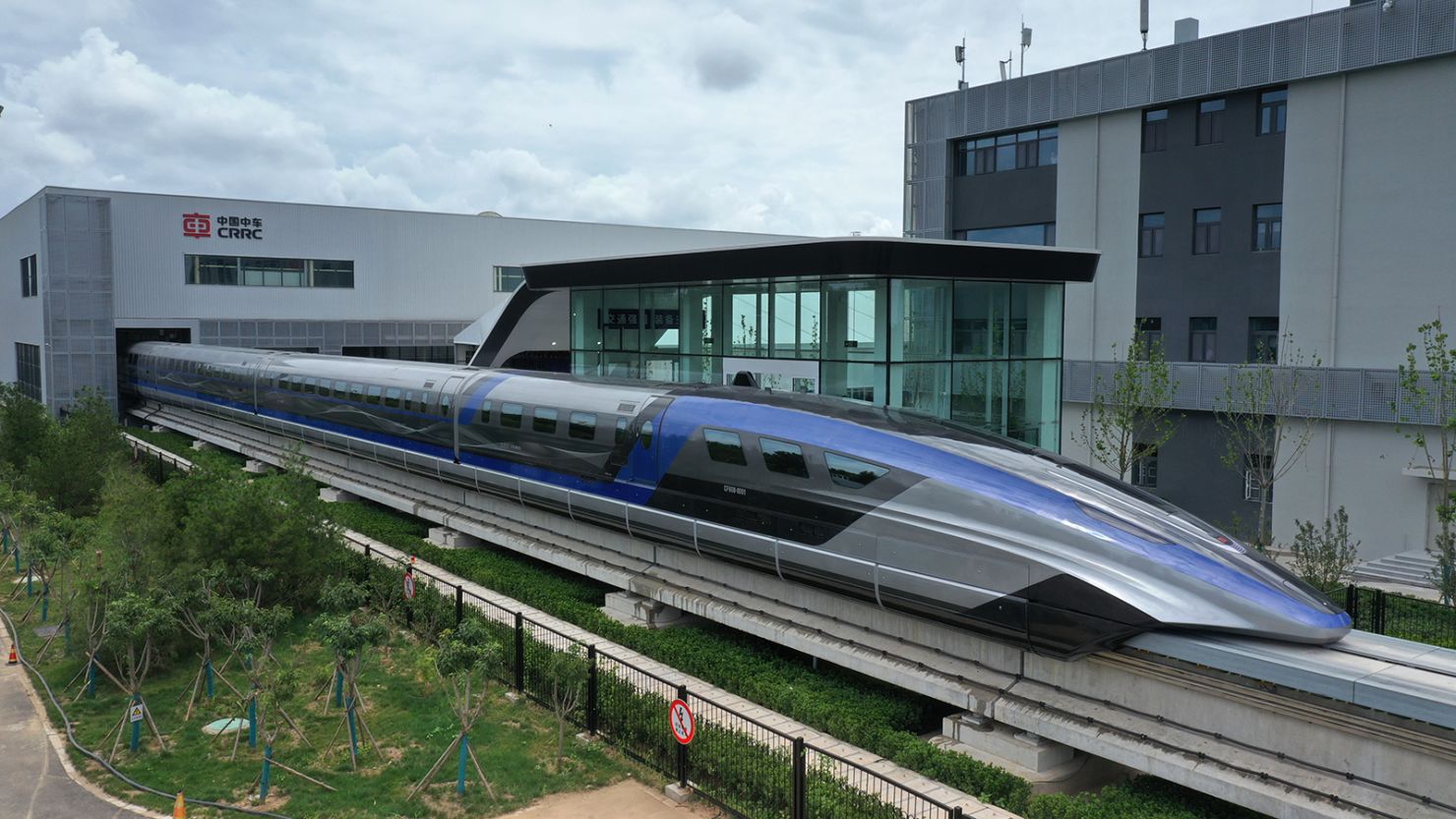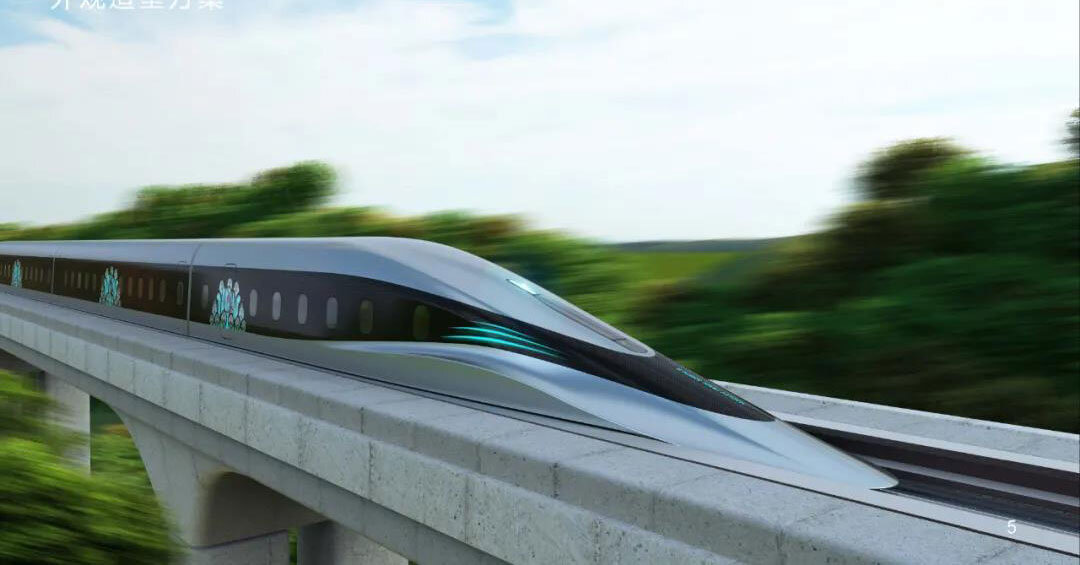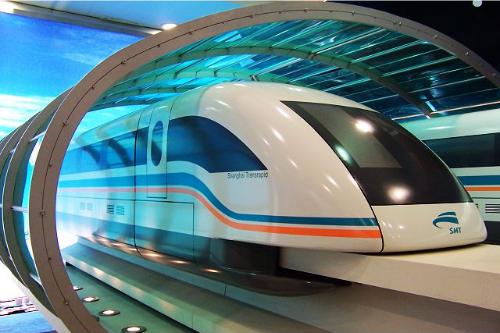China is pushing the boundaries of modern transportation with its revolutionary Maglev (magnetic levitation) trains, marking an exciting leap forward in speed and efficiency. These trains use powerful magnetic fields to lift and propel the train above the tracks, eliminating friction and enabling unprecedented speeds. At present, China is experimenting with Maglev trains capable of reaching speeds of up to 623 km/h, significantly faster than the high-speed trains that already operate throughout the country.

This new Maglev technology is a remarkable advancement, as it surpasses the speeds of the existing high-speed trains by 200 km/h. The current generation of high-speed trains in China operates at speeds around 300-350 km/h, making them some of the fastest conventional trains in the world. However, China’s Maglev trains are aiming to go beyond these limitations, making travel faster, smoother, and more efficient for passengers. These trials represent a crucial step in the journey toward transforming how people travel across the country and, eventually, across the continent.

Looking even further into the future, Chinese scientists are setting their sights on an even more ambitious goal: developing a Maglev train capable of reaching speeds of 4,000 km/h. This is a bold vision, far exceeding the capabilities of any modern form of transportation. To put this into perspective, the current speed record for a manned aircraft, set by the SR-71 Blackbird jet in 1979, stands at 3,529.6 km/h. If the proposed 4,000 km/h Maglev train becomes a reality, it would not only break this record but redefine the possibilities of high-speed travel altogether.

Achieving such speeds would involve overcoming significant technological and engineering challenges, but the potential benefits of such a breakthrough are profound. For example, passengers could travel across vast distances at lightning speed, making international travel faster and more convenient than ever before. Cities that are currently separated by hours of air travel could potentially be connected in minutes, opening up new possibilities for global mobility.

This vision for ultra-fast Maglev trains is not just about technological advancement for its own sake; it is also part of a larger strategy to revolutionize global transportation. As part of its broader economic and political ambitions, China is aiming to create a massive, continent-spanning high-speed rail network that connects various Asian countries. This ambitious plan could one day provide seamless rail links across the entire continent, from China in the east to Europe in the west, offering an alternative to air travel and reducing the environmental impact of transportation.

The potential for such a network is enormous. It could vastly improve connectivity between Asian countries, boosting trade, tourism, and cultural exchange. It would also offer a more environmentally friendly alternative to traditional forms of transportation, such as cars and airplanes, which contribute significantly to greenhouse gas emissions. The environmental impact of high-speed rail networks is far lower compared to air and road travel, making it a more sustainable option for the future.
China’s growing influence in the global transportation landscape extends beyond Maglev technology. In recent years, the country has been actively investing in high-speed rail projects both domestically and internationally. For example, China has already built and operated one of the world’s largest and most advanced high-speed rail networks. Through the Belt and Road Initiative, China is also exporting its high-speed rail technology to other countries, from Southeast Asia to Africa, further solidifying its position as a global leader in transportation.
As the technological development of Maglev trains continues to advance, China’s aspirations to create a world-class, interconnected transportation network are steadily taking shape. The idea of traveling across continents in a matter of hours may once have seemed like a far-off dream, but with each passing year, it moves closer to becoming a reality. If China can achieve its goals, the future of transportation will be transformed, bringing a new era of speed, convenience, and global connectivity.



